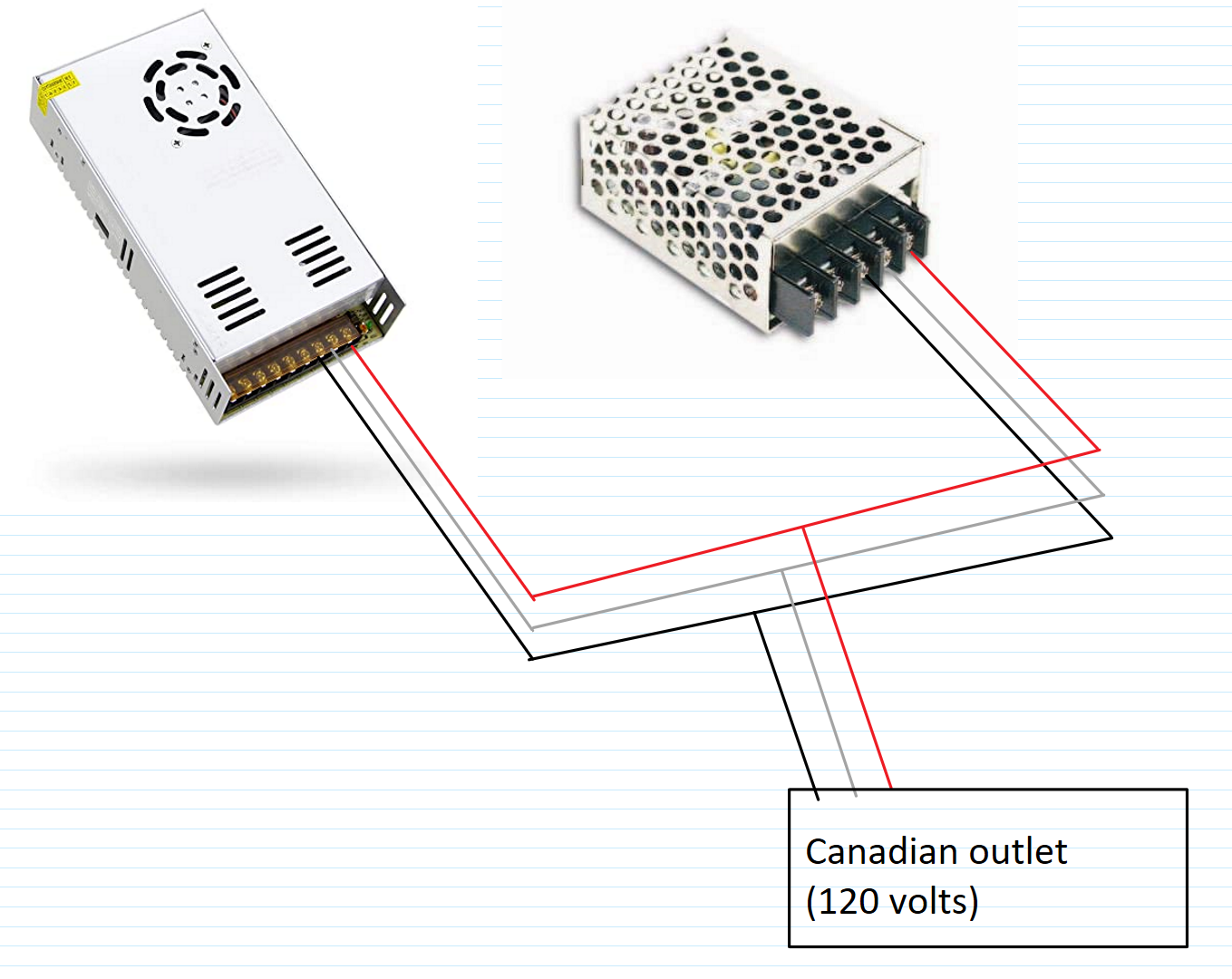
Best Way to Implement Multiple Power Sources
Implementing multiple power sources is crucial for ensuring continuous energy supply and avoiding interruptions in critical systems. Whether you are setting up a backup power system for your home, office, or industrial facility, having multiple power sources can provide added reliability and flexibility. In this article, we will explore the best ways to implement multiple power sources effectively.
1. Assess Your Energy Needs
Before you start implementing multiple power sources, it is essential to assess your energy needs accurately. Consider the power requirements of your appliances, equipment, and systems to determine how much power you need to generate. This will help you select the right combination of power sources to meet your energy demands efficiently.
2. Choose Compatible Power Sources
When implementing multiple power sources, it is vital to choose compatible sources that can work together seamlessly. Consider using power sources that can be easily integrated and synchronized to ensure smooth operation. For example, you may combine solar panels with a diesel generator or a wind turbine with a battery storage system for a reliable energy supply.
3. Install a Smart Energy Management System
To effectively manage multiple power sources, consider installing a smart energy management system. These systems can monitor and optimize the usage of different power sources based on energy demands, weather conditions, and battery levels. By using a smart energy management system, you can maximize the efficiency of your power sources and minimize energy costs.
4. Implement Redundancy Measures
To ensure reliable power supply, it is essential to implement redundancy measures in your power system. This involves having backup power sources in place to take over in case of a failure or outage. By implementing redundancy measures, you can minimize downtime and ensure continuous energy supply even during emergencies.
5. Regular Maintenance and Monitoring
Regular maintenance and monitoring are crucial for the effective operation of multiple power sources. Schedule routine inspections, servicing, and testing of your power sources to identify and address any issues promptly. By conducting regular maintenance and monitoring, you can ensure the longevity and reliability of your power system.
6. Consider Energy Storage Options
Energy storage options such as batteries can enhance the performance and reliability of your multiple power sources. By storing excess energy generated from solar panels or wind turbines in batteries, you can use it during periods of low production or high demand. Energy storage solutions can help balance energy supply and demand effectively.
7. Seek Professional Advice
If you are unsure about how to implement multiple power sources effectively, consider seeking professional advice. Energy experts and power system engineers can assess your needs, recommend suitable power sources, and design a customized power system for your specific requirements. By consulting with professionals, you can ensure a successful implementation of multiple power sources.
Conclusion
Implementing multiple power sources is a practical solution for ensuring continuous energy supply and enhancing the reliability of your power system. By assessing your energy needs, choosing compatible power sources, installing a smart energy management system, implementing redundancy measures, conducting regular maintenance, considering energy storage options, and seeking professional advice, you can effectively implement multiple power sources for your home, office, or industrial facility.
Was this helpful?
0 / 0